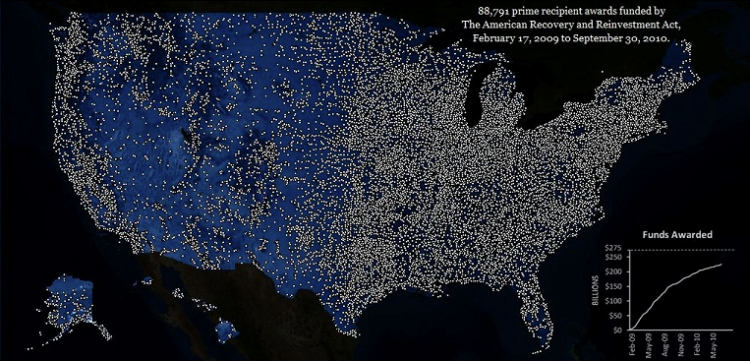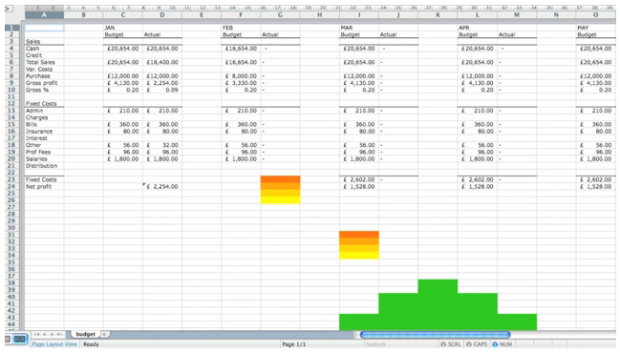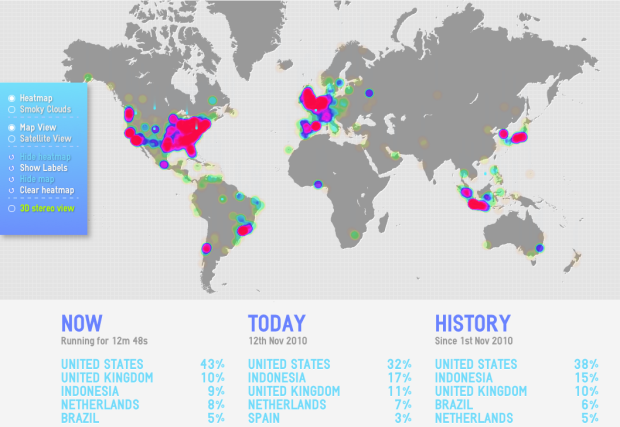TenderMaps brings an informal approach to highlighting the parts of neighborhoods:
We wanted to move from the static and singular, toward more dynamic, subtle definitions of neighborhoods, definitions emphasizing the nuanced communities and personal experiences that really shape a neighborhood’s boundaries. We wondered how we could we harness the implicit mental maps people actually use. What would happen if we defined a neighborhood by the way we moved though it, or by the places we loved in it?
In this first iteration, the creators walked around the Tenderloin in San Francisco, and asked residents questions about their neighborhood and to sketch on a paper map. The sketches were scanned to make a browsable map, including backstories of each scribble.
The proof of concept is still rough, and uber slow in Chrome, but it should be able to see how useful this might be. It’s much more personal than the markers we are used to seeing and could be a way for non-tech people to see their community in a tech way.
[TenderMaps via @zainy]

















 Visualize This: The FlowingData Guide to Design, Visualization, and Statistics (2nd Edition)
Visualize This: The FlowingData Guide to Design, Visualization, and Statistics (2nd Edition)










